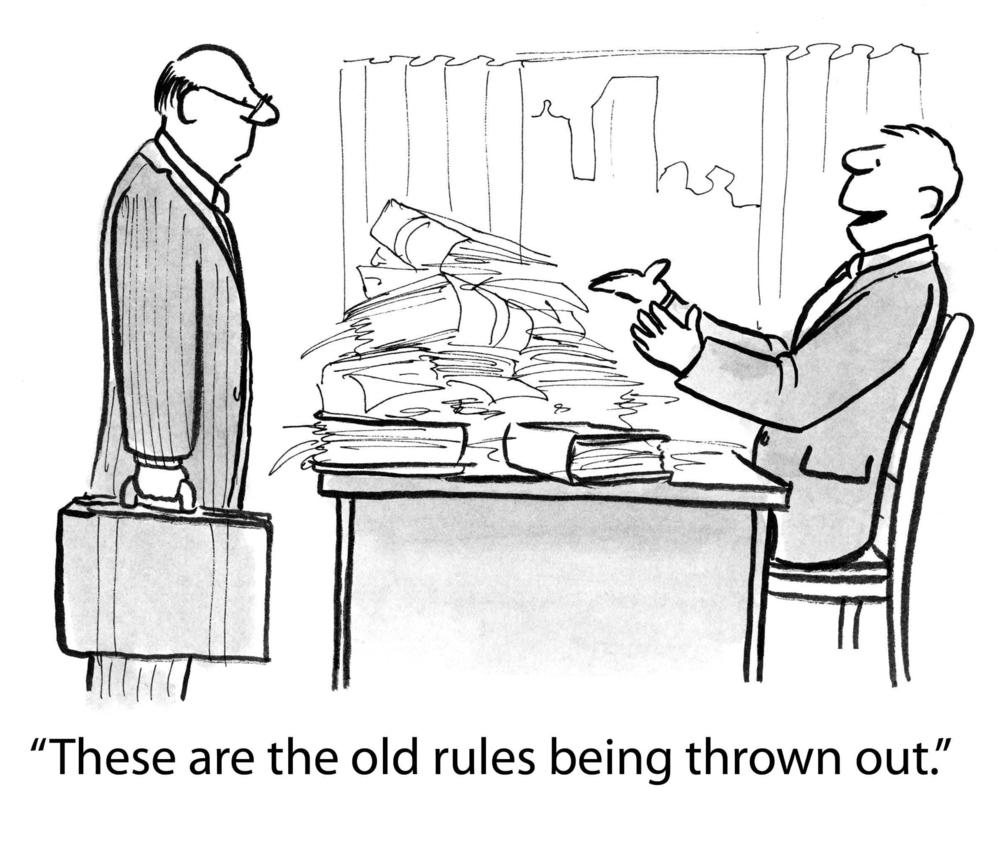The Obama-Era Overtime Rule Stalls
As we previously reported, a federal district judge’s invalidation of the Obama-era overtime rules – which proposed a sharp increase in the salary threshold for exempt employees, expanding overtime pay to millions of workers – did not doom the possibility of changes to the minimum salary requirements. Last week, on October 30, the Department of Labor filed a notice of appeal of the decision. The notice comes after the DOL started the rulemaking process to replace Obama’s Rule with a new rule increasing the current minimum salary level by about 50% (to around $33,000). If this became effective, it would be a significant departure from the Obama-era Rule, which doubled the minimum salary level to $47,476. The DOL is expected to issue the new proposed rule in the coming months. READ MORE










